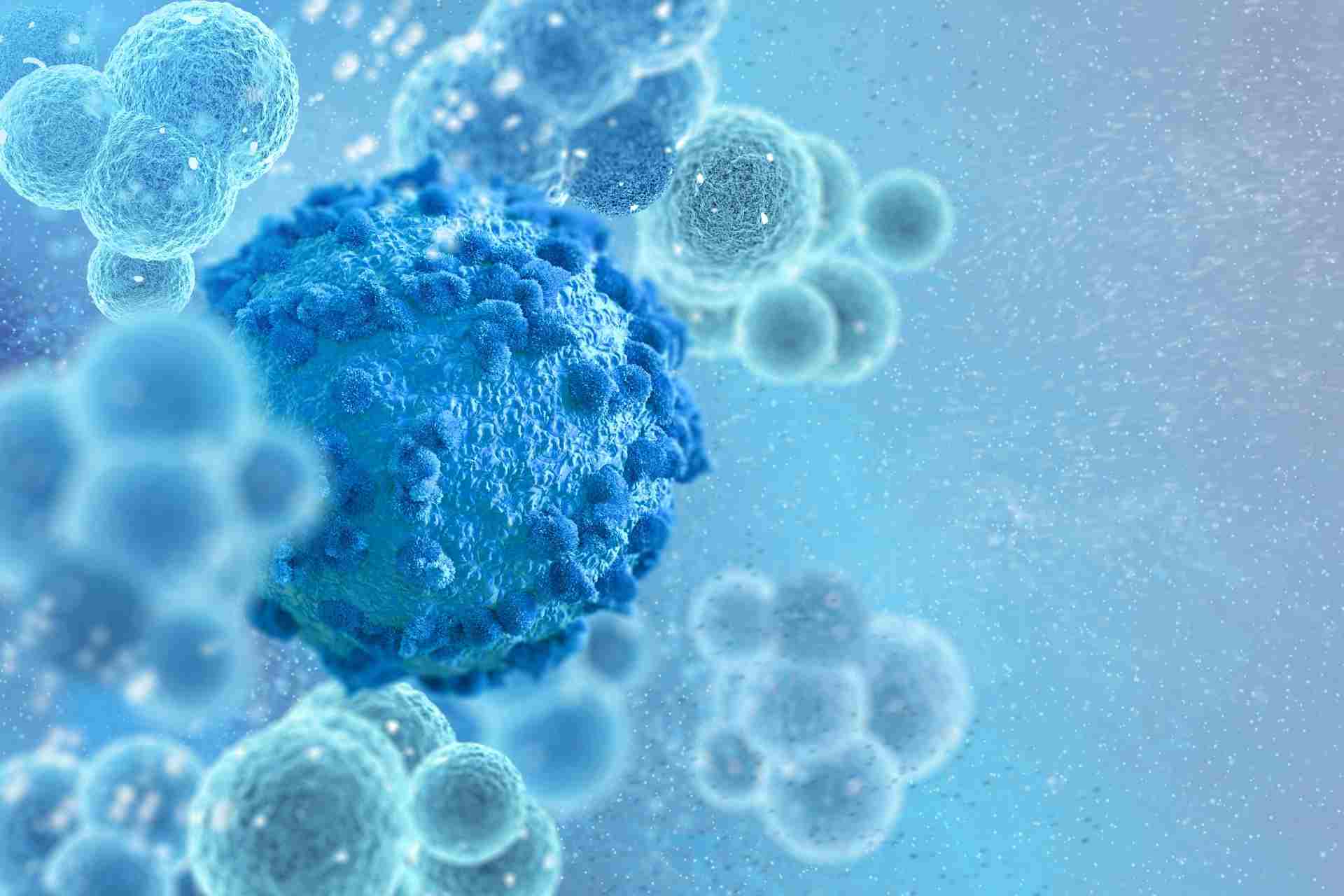What is already known
The virus SARS-CoV-2 causes COVID-19, a disease that can result in severe pneumonia in up to 15% of infected individuals as well as acute respiratory distress syndrome or multiple organ failure in about 5% of individuals. The mechanism of severe disease in people with COVID-19 is unclear, and so is the role of respiratory tract microbes in the condition.
What this research adds
Researchers collected 143 samples of lung mucus and 97 fecal samples from healthy individuals and people with COVID-19. Streptococcus, Rothia and Actinomyces were the most abundant bacteria in both healthy people and those with COVID-19. However, Bacteroides, which were the most abundant genus in the gut microbiota of healthy people, were decreased in COVID-19 patients, who had instead an increased abundance of Enterococcus bacteria. Overall, people with COVID-19 who were placed in intensive-care unit (ICU) had a reduced microbial diversity in their respiratory tract and gut microbiota. These patients also had higher levels of specific types of immune cells and inflammatory molecules compared with COVID-19 patients who weren’t admitted to ICU.
Conclusions
The findings suggest that some of the changes in the microbial composition of people with COVID-19 could be used as a biomarker of invasion of lung pathogens and dysbiosis of the respiratory tract microbiota.
Most people who fall sick with COVID-19 experience mild to moderate symptoms, but some become seriously ill. Why some people get severely sick with COVID-19 is unclear, and so is the role of respiratory tract microbes in the condition. Now, researchers have shed light onto the airway and gut microbial dynamics during COVID-19.
The findings, published in Advanced Science, suggest that some of the changes in the microbial composition of people with COVID-19 could be used as a biomarker of invasion of lung pathogens and dysbiosis of the respiratory tract microbiota.
COVID-19 is a disease that can result in severe pneumonia in up to 15% of infected individuals as well as acute respiratory distress syndrome or multiple organ failure in about 5% of individuals. Scientists have investigated several mechanisms of COVID-19, but how the respiratory tract microbiota is altered in patients with the disease is unclear. “In addition, little is known about the association between the respiratory tract microbiota and the gut microbiota, which is one of the most crucial questions regarding the contribution of the microbiota to the health of patients with COVID-19,” the researchers say.
To address this question, the team — led by Shufa Zheng and Yu Chen at Zhejiang University — collected 143 samples of lung mucus and 97 fecal samples from healthy individuals and people with COVID-19.
Bacterial differences
Lung mucus samples from COVID-19 patients were collected at admission to the hospital, progression, and recovery stages, whereas fecal samples were collected only at progression and recovery stages.
The most abundant genus in the gut microbiota of healthy people was Bacteroides. These microbes were decreased in COVID-19 patients, who had instead an increased abundance of Enterococcus bacteria. Streptococcus, Rothia and Actinomyces were the most abundant bacteria in the airways of both healthy people and those with COVID-19.
At admission, people with COVID-19 who were placed in intensive-care unit (ICU) had higher abundances of Veillonella, Malassezia, Neisseria and Candida, and lower levels of Streptococcus, Atopobium, Actinomyces and Mogibacterium compared to COVID-19 patients who weren’t admitted to ICU.
Streptococcus levels were high in the recovery stage of all COVID-19 patients. During this phase, ICU patients had low abundances of Mogibacterium, Prevotella, Atopobium, Gemella and Bacteroides, and high levels of Candida, Enterococcus, Acinetobacter, Pseudomonas, Lautropia and Neisseria.
The reduced abundance of bacteria such as Streptococcus was related to changes in many bacterial species, whereas only one species was responsible for the changes observed in the abundance of bacteria such as Atopobium, the researchers found.
Immune response
Overall, ICU patients had a reduced microbial diversity in their respiratory tract and gut microbiota. These patients also had higher levels of specific types of immune cells and inflammatory molecules compared to people with COVID-19 who weren’t admitted to ICU.
The researchers found that the levels of neutrophils, a type of white blood cell that acts as the immune system’s first line of defense, were negatively correlated with the abundances of Streptococcus, Actinomyces and Rothia in the respiratory tract of COVID-19 patients, whereas the higher the abundance of Neisseria bacteria, the higher the levels of neutrophils.
The levels of IFN-γ, a cytokine that is critical for immunity against viral infections, were positively correlated with the abundance of Streptococcus gordonii, Streptococcus milleri and Rothia aeria, the team found.
The findings, the authors say, show that “dynamic changes occur in the respiratory tract and gut microbial communities of patients with different COVID-19 disease severities, and that significant changes in the composition of the respiratory tract and gut microbiomes can be found between ICU and [non-ICU] patients.”











